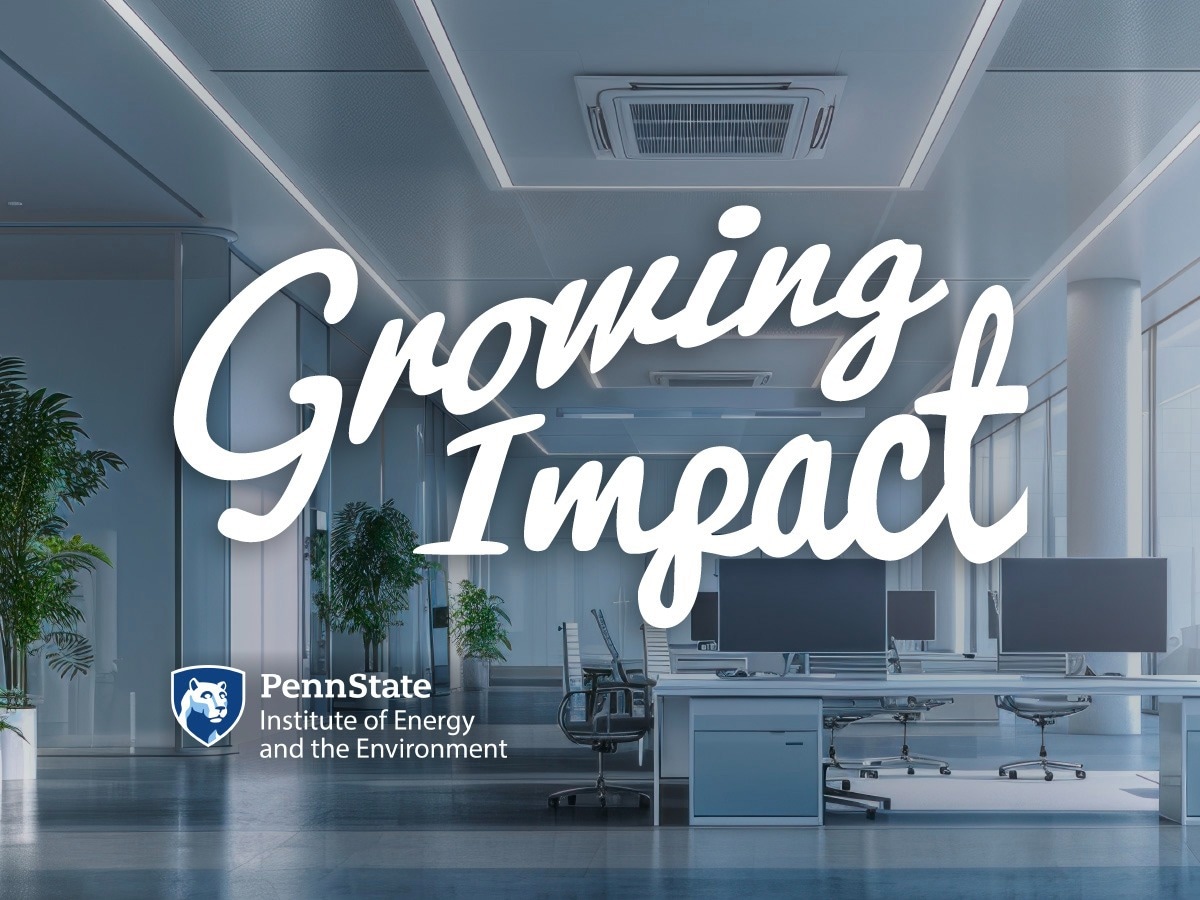Researchers at Pennsylvania State University are creating novel materials that cool their surroundings when bent or under stress. On the most recent episode of “Growing Impact,” the team discussed how this innovative technology could revolutionize building climate control in the future.
 A team of Penn State researchers is developing new materials that cool their surroundings when bent or stressed, potentially transforming the future of building climate control. Image Credit: Brenna Buck.
A team of Penn State researchers is developing new materials that cool their surroundings when bent or stressed, potentially transforming the future of building climate control. Image Credit: Brenna Buck.
The need for air conditioning is increasing due to rising global temperatures, which stress the power grid and raise energy costs. Nearly one-fifth of all household power use in the US is attributed to air conditioning, while around one-third of the energy used by commercial buildings is consumed by cooling systems.
Fundamentally, many cooling technologies move heat in the opposite direction from where it wants to go. You're trying to pump heat against its gradient. Traditional systems rely on large compressors and fans that consume significant electrical energy. Our goal is to harness mechanical energy, such as vibration or compression, and use specialized materials to drive heat where it’s needed for cooling.
Herschel Pangborn, Study Collaborator and Assistant Professor, Department of Mechanical Engineering, Pennsylvania State University
Shape memory alloys (SMAs), a family of materials that undergo shape change in response to mechanical stress and revert to their original form upon force removal, are the subject of the study. SMAs absorb heat during this phase, a process called the elastocaloric effect. The team hopes to utilize this effect to develop cooling systems that are incredibly effective and devoid of the hazardous refrigerants used in conventional air conditioners.
Elastocaloric cooling offers an efficient and environmentally friendly alternative to traditional systems. This technique eliminates the need for harmful chemicals and can be more energy efficient than conventional methods.
Wenjie Li, Study Principal Investigator and Associate Research Professor, Materials Science and Engineering, Pennsylvania State University
The researchers are creating new types of SMAs utilizing advanced computer modeling and additive manufacturing, notably 3D printing, to customize the materials for maximum performance. Their technique aims to enable the development of small cooling devices and scalable systems appropriate for a wide range of applications, including smart buildings and personal electronics.
One of the project’s primary objectives is to capture mechanical energy from ordinary activities. For example, the pressure from shoes on a floor or keystrokes on a laptop may activate the elastocaloric cooling effect, converting wasted energy into helpful cooling.
“Our vision is to integrate these materials into future smart buildings, where even small mechanical pressures can activate cooling. A major challenge we’re addressing is reducing the amount of force required to trigger the effect, making the technology practical for real-world use,” added Li.
Computer modeling is critical in optimizing material and system design, allowing the team to forecast performance and direct their experimental efforts. This device, which captures idle energy, has the potential to lessen the environmental impact of air conditioning and refrigeration, according to the researchers.
“Instead of drawing more power from the grid, we’re looking to use the mechanical energy already present in our environment. Just as solar panels and wind turbines capture renewable energy, our approach extracts mechanical energy from motion and converts it into cooling. It’s a new way of thinking about energy use in buildings,” added Pangborn.